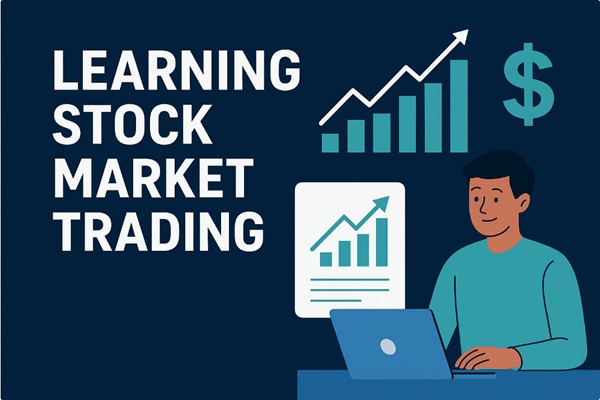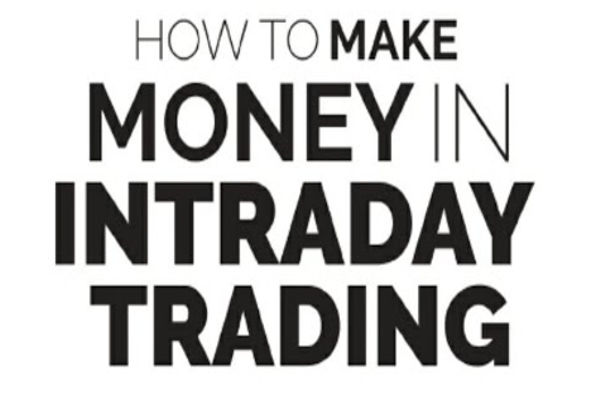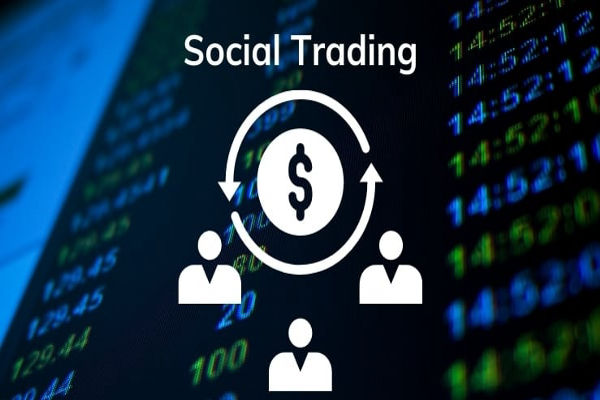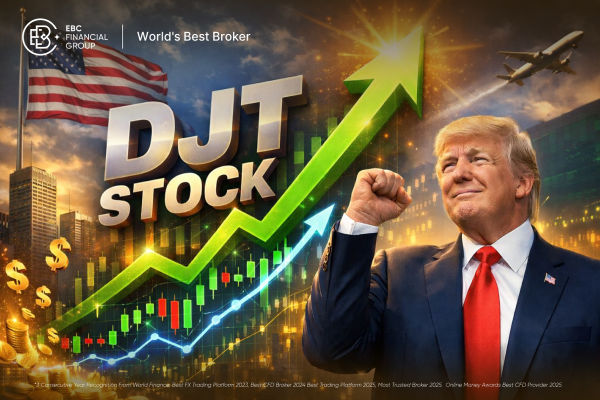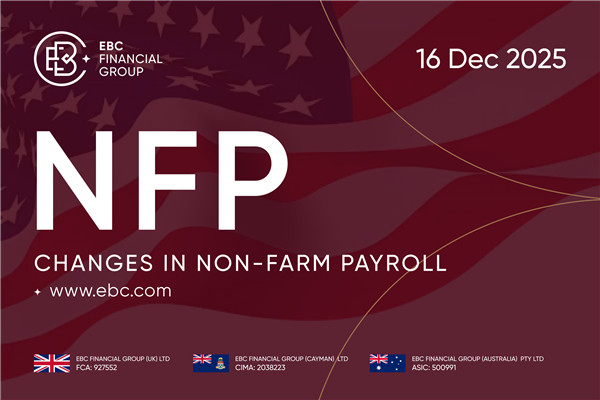If you've been dipping your toes into forex trading, you've probably come across the term forex automation. It might sound like something out of a techie's dream. However, in reality, it's a game changer for many traders. Automation in forex trading can help save time, reduce human error, and even offer more consistency in decision-making. But what does it really mean to automate your trading? And how can you get started?
What is Forex Automation?
In the simplest terms, forex automation refers to using software to manage your trades without needing to manually enter each one. Imagine having a system that watches the market for you, spots trading opportunities based on your set criteria, and places the trades automatically. That's exactly what Automated Trading systems do.
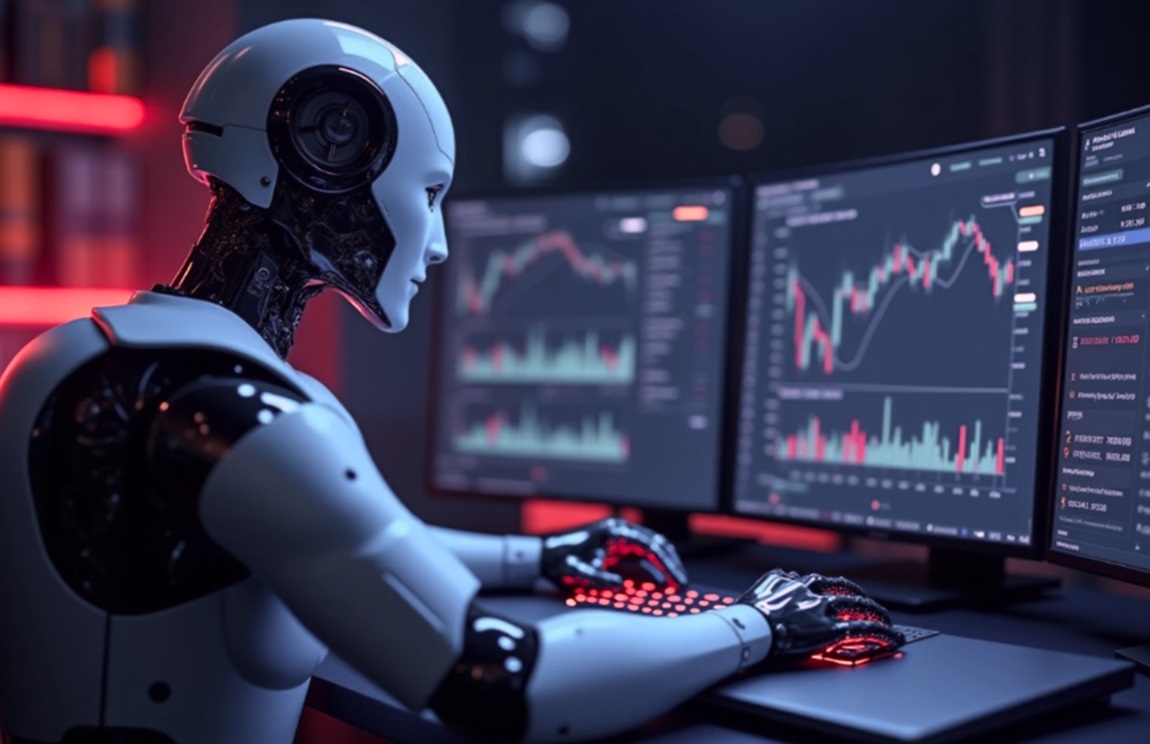 At the heart of this is a computer program, often called a trading bot or algorithm, that executes trades based on pre-programmed rules. These rules might be related to price levels, trends, or indicators that the system recognises. The beauty of automation is that it works 24/7. so while you're sleeping or working, your system is still trading on your behalf.
At the heart of this is a computer program, often called a trading bot or algorithm, that executes trades based on pre-programmed rules. These rules might be related to price levels, trends, or indicators that the system recognises. The beauty of automation is that it works 24/7. so while you're sleeping or working, your system is still trading on your behalf.
Think of it as having a personal assistant for your forex trading—one that never sleeps and doesn't get distracted. Once set up, it runs independently, taking the emotion and stress out of the equation.
How Does Forex Automation Work?
To get a sense of how forex automation actually works, it's important to understand the basic mechanics behind it. Automated trading is driven by algorithms—essentially, a set of instructions that the system follows to make decisions about when to buy or sell.
For instance, if you decide you want to trade based on certain market conditions, like when a currency pair moves by a certain amount or when a moving average crosses a particular threshold, you can programme those rules into your system. Once those conditions are met, the automated system will automatically place the trade for you.
There are a few different ways to use automation in forex trading:
Expert Advisors (EAs): These are small programs that run on trading platforms like MetaTrader 4 or MetaTrader 5. They're essentially customised trading robots that follow specific instructions you've given them, such as when to buy or sell based on technical indicators.
Trading Bots: Trading bots can operate across different platforms and can be used for a range of strategies. These bots can execute more complex tasks, such as high-frequency trading, and they do so without needing human intervention.
Copy Trading: If you're not quite ready to automate your own forex trades, copy trading might be a good stepping stone. With copy trading, you can mirror the trades of an experienced trader. It's like having someone else's strategies and insights automated into your account.
Each of these options has its own advantages, but they all work under the same basic principle: automation takes the manual work out of trading, allowing you to focus on other things.
Benefits and Risks of Forex Automation
Like any tool, forex automation comes with both benefits and risks. It's important to understand both sides of the coin before diving in.
Benefits:
More Time for Other Things: One of the biggest advantages of forex automation is that it frees up time. Instead of constantly watching the markets and placing trades, your system does the work for you. This can be a massive time-saver, especially if you have a busy schedule or simply want to step back from constant monitoring.
Consistency Without Emotion: It's easy to make emotional decisions when you're trading manually—especially if the market is volatile. Automation takes the emotion out of the equation, making sure that the trades are based purely on your rules and not on fear or excitement.
Trading Around the Clock: The forex market operates 24/7. and automation ensures that you don't miss any opportunities while you're offline. Automated systems can keep an eye on the market, place trades, and even react to sudden price changes, all without you having to lift a finger.
Speed and Accuracy: Computers can make decisions and execute trades far faster than humans can. Automation means that your trades are entered at the optimal moment, reducing the chances of missed opportunities or delays in execution.
Risks:
Technical Issue: No system is perfect, and the same goes for automated trading. If there's a technical issue—whether it's a glitch in the software or a poor internet connection—it could cause the system to malfunction. For example, the system might place a trade at the wrong price, leading to a loss.
Over-Reliance: While automation can take a lot of the manual work out of trading, it's still important to stay engaged. If you rely too heavily on automation without understanding what’s going on behind the scenes, you might miss important market shifts that the system can't handle.
Limited Flexibility: Automated systems follow fixed rules. If the market suddenly changes or if there's an unforeseen event, the system may continue to trade based on outdated criteria. This can sometimes lead to losses if the market conditions change drastically.
Cost: Some forex automation tools come with upfront costs or ongoing subscription fees. Plus, depending on the complexity of the system, there might be hidden costs like commissions or transaction fees that eat into your profits. It's important to understand these costs before you jump in.
How to Set Up and Use Forex Automation Tools
So, you're ready to try forex automation—what's next? Setting up an automated trading system is easier than you might think, but it's important to approach it methodically.
-
Choose Your Tool: The first step is to decide which automation tool best suits your trading style. If you're just starting out, you might want to begin with copy trading or demo trading to get a feel for automation without risking real money. If you're a bit more experienced, you can look into using Expert Advisors (EAs) or trading bots.
-
Define Your Strategy: Automated systems are only as good as the rules you set for them. Spend time crafting a clear strategy, including what indicators to use, your risk tolerance, and the type of trades you want to make. Do you prefer short-term trades or long-term ones? Your system should reflect your goals.
-
Test Before Going Live: Most platforms offer demo accounts where you can test your automated system before you commit any real money. This is your chance to see how well the system performs and to fine-tune it without worrying about losing funds.
Monitor and Adjust: Even though the system runs automatically, it's important to monitor it. Market conditions change, and you'll want to make adjustments as necessary. Regularly review the performance of your system and tweak it to optimise results.
In summary, forex automation has the potential to make your trading more efficient, reduce emotional trading, and save you valuable time. While it's not without its risks, the right setup can take your trading to the next level, giving you more flexibility and freedom. By carefully selecting the right tools and staying engaged with your strategy, you can harness the power of automation and make your trading experience smoother and more effective.
Disclaimer: This material is for general information purposes only and is not intended as (and should not be considered to be) financial, investment or other advice on which reliance should be placed. No opinion given in the material constitutes a recommendation by EBC or the author that any particular investment, security, transaction or investment strategy is suitable for any specific person.
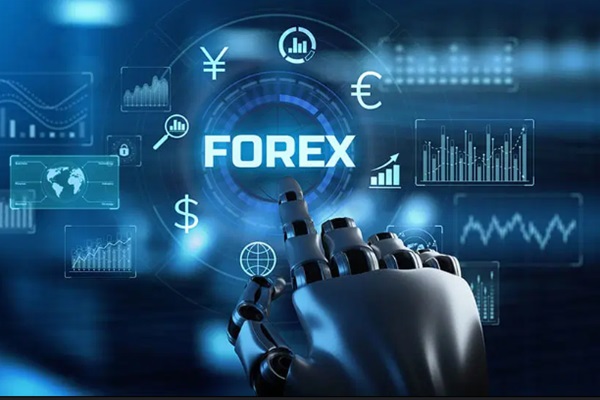


 At the heart of this is a computer program, often called a trading bot or algorithm, that executes trades based on pre-programmed rules. These rules might be related to price levels, trends, or indicators that the system recognises. The beauty of automation is that it works 24/7. so while you're sleeping or working, your system is still trading on your behalf.
At the heart of this is a computer program, often called a trading bot or algorithm, that executes trades based on pre-programmed rules. These rules might be related to price levels, trends, or indicators that the system recognises. The beauty of automation is that it works 24/7. so while you're sleeping or working, your system is still trading on your behalf.







